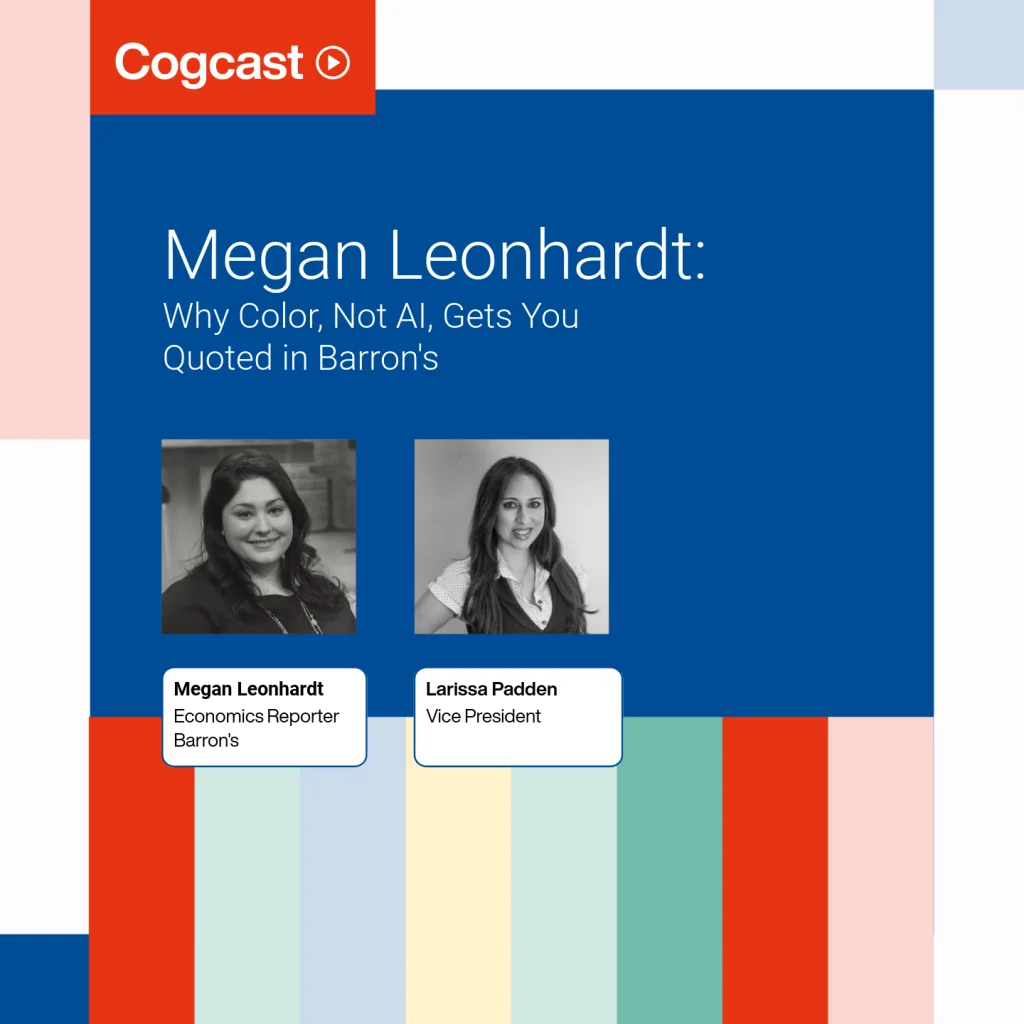AI has flooded the web with disposable text. When anyone can generate a 1,000-word essay with a prompt like “Explain the reasons behind the Sterling Crisis of 1992,” the challenge is standing out. Content discoverability has become the real test for writers.
This is where semantic clusters matter. Unlike the scattershot keyword tactics of the past, they align content around tightly related themes, making it easier for search engines and AI models to recognize authority. In a financial industry that has historically lagged in adopting marketing innovation, this shift is both overdue and unavoidable.
The evolution from keywords to semantic clusters
To understand the origins of semantic clusters, we need to trace their lexicographical antecedents – the earlier search patterns that have shaped modern search engine optimisation for financial firms. These terms should all sound familiar – keywords, search volumes and rankings.
Search engines have spent the past 20 years refining their ability to match user intent with precise results. Along the way, they’ve ensured the ads above those results remain profitable and carefully targeted. At the same time, SEOs and content writers attempted to keep up with the algorithms, adjusting their content writing strategies based on the changing importance of so-called ‘ranking factors’.
Bad, clumsy implementations became fodder for internet mockery. Once, unscrupulous practitioners would hide dozens of keywords in white text in what’s known as ‘keyword stuffing’ – invisible ink at the bottom of webpages. Others defied the rules of English grammar to stuff seven or eight keywords in a 20-word sentence: “If you want cheap London hotels budget stay London, our hotel London deals are the best London hotels for cheap stays.”
Google promised to keep up: “New ways we’re tackling spammy, low-quality content on Search” read a company update from 2024. The results, as ever, were piecemeal. Some inquiries genuinely did solve answers with a minimum of friction; others were frustrated with piles of junk.
The concept of semantic clusters developed out of a slightly older and related concept – “thematic clusters”. As search engines became steadily smarter in the 2010s, they could better understand the relationships between sets of words. Improved natural language processing meant that search gradually could get closer to how we speak.
For more than a decade, “digital teams” and “content teams” have worked together inside agencies and in-house marketing functions to drive traffic and visibility. Digital teams needed a steady supply of quality content to support search strategies, while content teams relied on SEO insights to ensure their work was discoverable. When done well, this cross-disciplinary approach meant digital teams gained structure and clarity, and content teams got meaningful, data-driven feedback.
Upheaval now threatens this formerly co-beneficial arrangement.
How semantic clusters differ from previous techniques
Large language models are orders of magnitude smarter than search engines. They can understand context, retain long-term memory and even perceive the nuance of tone. Previously, searchers had to click through different results and piece together a response. Now these models tend to synthesise individual responses and spit out a single answer to questions, presenting one definitive, “final” answer.
More and more searches aren’t leaving the confines of the search environment – whether that’s inside dedicated applications or with summaries placed above actual search results. We call this the Zero Click Search Phenomenon.
The combination of increased search engine intelligence and a shorter user journey has led to the rise of “semantic clusters.” These are a series of related concepts focused on a similar core material. This takes into account the myriad ways humans can ask the same query and attempts to push them towards similar answers. Models then use a “fan-out” query model to explore semantically related content across multiple phrasings and then converge on the most contextually relevant answer.
Think of this article as its own semantic cluster. The central theme – semantic clusters in financial content – branches into related areas such as SEO strategy, audience targeting, AI content tools, performance metrics, and content discoverability. These aren’t filler keywords but interconnected nodes that reinforce the main argument. They creates depth and coherence: AI systems can quickly recognise that this piece speaks authoritatively across a web of concepts, not just a single term.
A semantic cluster works like a mind map. Start with a core node – in this case, “semantic clusters in financial content” – and draw outward into connected topics like natural language processing, predictive analytics for content performance, buyer personas, or on-page SEO. These connections create their own gravitational force, pulling in search queries that might be phrased in countless ways but relate to the same intent. That’s the real power of clusters: they signal expertise through context, not repetition.
AI tools (from speciality providers like SEMrush to simply asking ChatGPT) can help you build out these clusters – but don’t outsource all of the thinking. Make sure to seed an inquiry using a few speciality terms, providing the “bones” of what direction you want the terms to flow. And delete a few of the more off-base selections provided by the algorithm.
What we know about how AI uses semantic clusters
AI sees meaning, not words. And clusters are the core of how systems determine the meaning of a webpage.
Modern AI systems such as ChatGPT use Retrieval-Augmented Generation (RAG), which relies on semantically organized vector databases to pull and summarize content.
It is a two-step process: Retrieval of relevant information from an external knowledge base or database and Generation using a large language model to synthesize that information into a coherent, context-aware response. An example: When asked about a company’s Q2 earnings, a RAG-powered model would first retrieve the latest earnings report from a document store, then generate a summary based on that actual data, rather than guessing from outdated training data.
To construct these responses, LLMs ingest websites and store the content as vectors in massive databases. When a search is made, the models search their databases of vectorized content to find the cluster with the highest semantic similarity to the original search. In RAG systems, depth wins over density. A well-developed cluster of related articles, FAQs, and insights that provide a comprehensive consideration of the available topic will surface far more reliably than a lone page engineered for a single term.
Clusters act as nodes in this semantic map. Content without a cluster around it risks being scattered and irrelevant to AI retrieval systems. More relevant and accurate clusters = greater likelihood of being used in a response.
Towards the supremacy of “good writing”
As a content strategist, I’m navigating the incorporation of this nascent science into the production process. I want to ensure we are adding effort that actually makes a tangible impact on the bottom line and isn’t simply a handwaving exercise to “use AI” in a process.
After discussions inside and out of the agency, here are three places where incorporating semantic clusters into strategy can have the most influence:
Create clusters as part of messaging development – When we kick off a new comms project, we typically go through the exercise of defining important messages for the company and its spokespeople, culminating in a messaging house document. Adding in a series of clusters, perhaps by business line or even associated with a particular product, is a way to make these documents more actionable for the everyday content production process.
Build word banks for use in material – Whether it’s a messy document of source material or a fully structured outline, before putting pen to paper, create a list of related concepts that can be drawn on when writing. Rather than inorganically backloading phrases into existing material, keep relevant terms handy so they can be worked into pieces naturally.
Track cluster usage over time – Beware the temptation to assume that an article that uses “more” of a cluster is inherently better. Instead, take a look across months and quarters to ensure you are speaking across a cluster in the totality of your output. Compare this to actual results on common LLMs and evolving language inside the industry.
What binds these approaches is that they centre meaning and insight, respecting both the human and non-human reader. As AI systems strive to replicate human intuition about what makes something good or valuable, their judgment of a piece of writing’s worth should converge. When done well, they mean we don’t have to sacrifice the quality of an argument or a unique tone of voice in search of machine readers. While the word “content” has slop connotations, there’s no reason why a well argued essay cannot respect the rules of crisp, economic and persuasive prose.
Clusters are a waypoint, not the destination. Each stop on this journey leads to greater flexibility in integrating core terms into pieces of writing. Hopefully, these systems – whether they are algorithms or artificial intelligence – will evolve to the point where they can simply select the most authoritative and insightful pieces of content on a particular topic.
Until then, the challenge is simple: build clusters that teach AI what real authority looks like – or risk being invisible.
Jon Schubin runs content for Cognito






